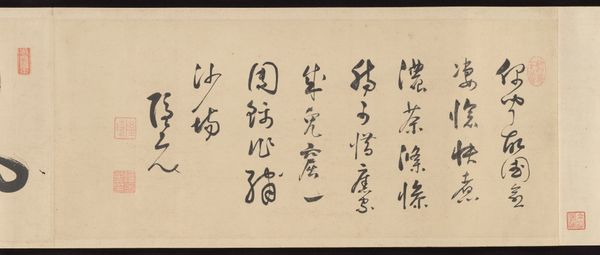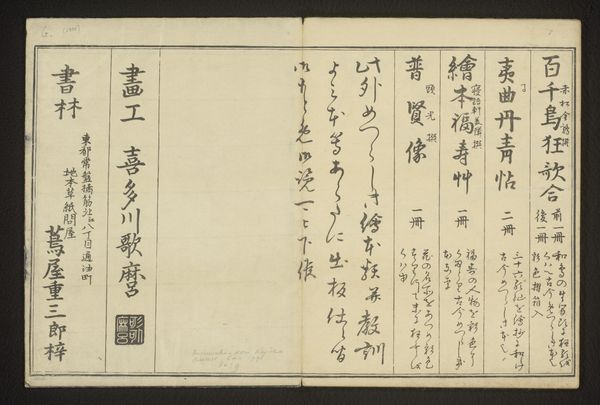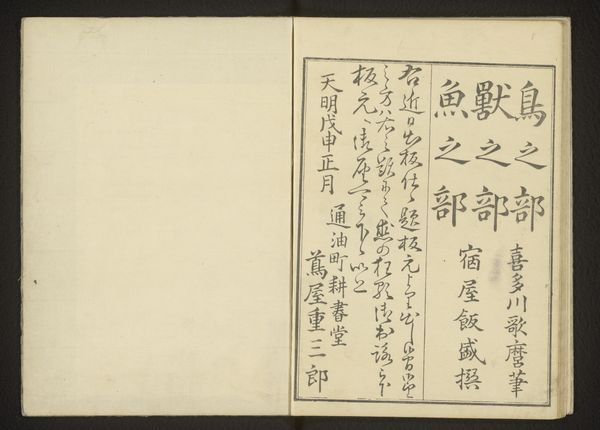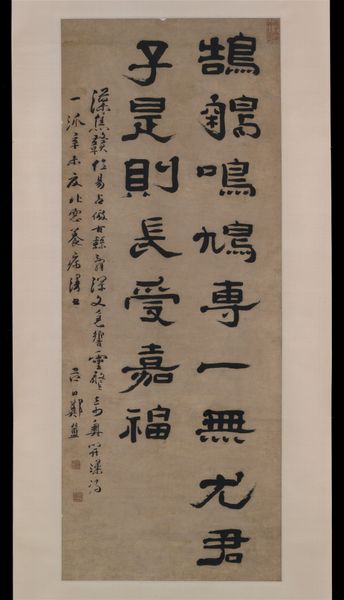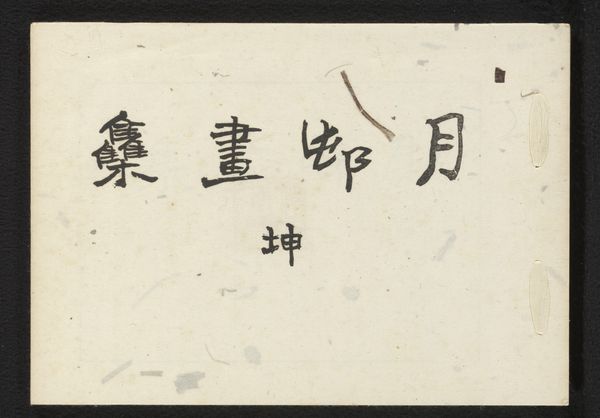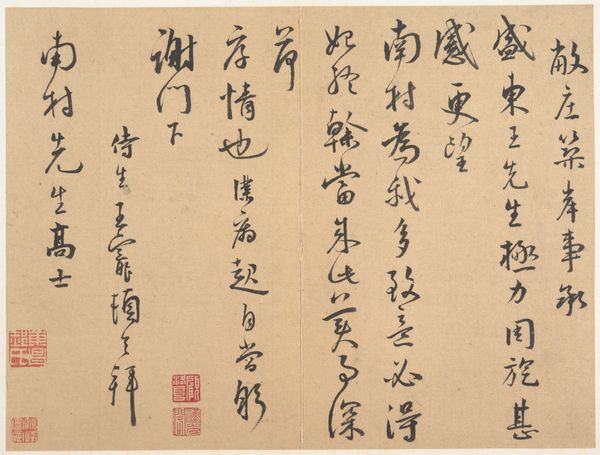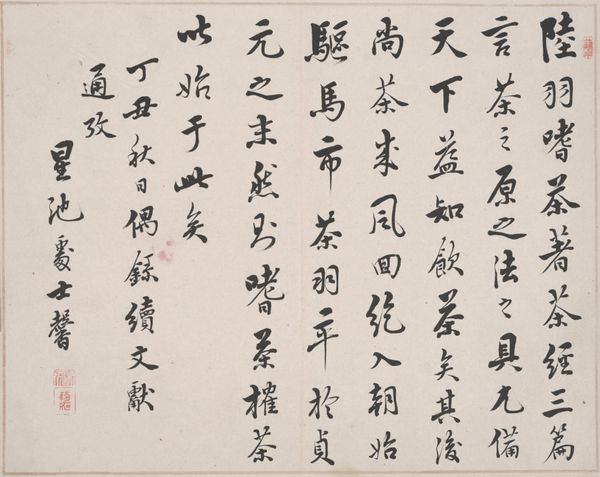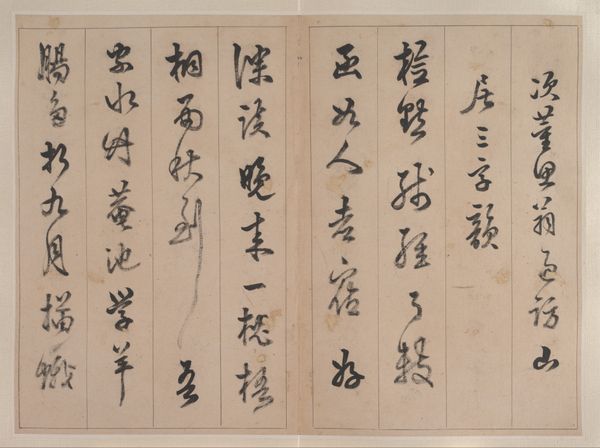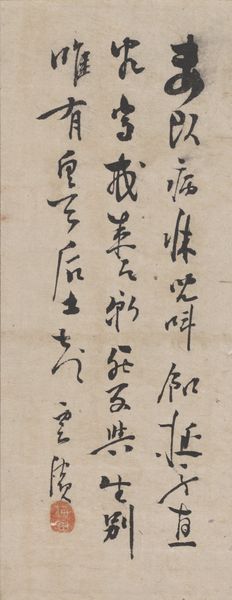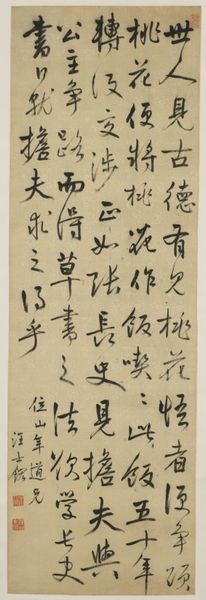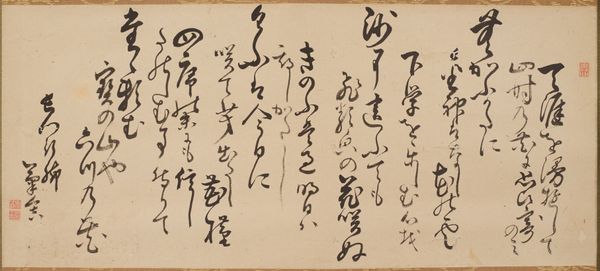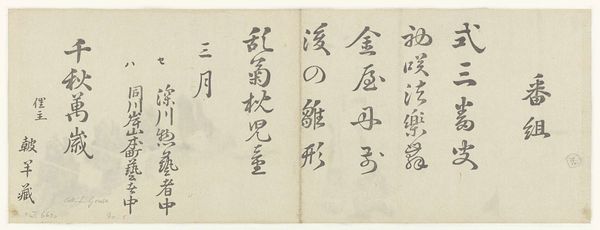
painting, textile, paper, ink
#
hand-lettering
#
painting
#
lettering
#
asian-art
#
hand drawn type
#
hand lettering
#
textile
#
japan
#
paper
#
ink
#
hand-drawn typeface
#
fading type
#
calligraphic
#
handwritten font
#
sketchbook art
#
calligraphy
#
small lettering
Dimensions: 6 7/16 × 217 3/4 in. (16.35 × 553.09 cm) (image)7 1/2 × 244 7/16 in. (19.05 × 620.87 cm) (mount)
Copyright: Public Domain
Editor: So, this artwork is called "Poems with Corrections by Rai San'yō." It's a 19th-century piece attributed to Takayama Shō-e and housed right here at the Minneapolis Institute of Art. Looking at it, I'm struck by how much it resembles a handwritten letter. How do you read it, given your background in the socio-political impact of art? Curator: It's interesting that you mention the form of a letter. Calligraphy in this period wasn't just a personal expression but a powerful marker of social standing and intellectual prowess. What strikes me is less the "poem" itself, and more the implied *audience* of such a work. This isn't simply about Rai San'yō expressing himself, it's a performance of self *for* a specific intellectual circle, right? What purpose might the act of “correction” have served? Editor: Ah, you’re right! The “corrections” imply a level of scrutiny and peer review, suggesting a community of scholars… or maybe even the poet trying to cultivate a particular image? It's no longer simply about the individual, is it? Curator: Exactly. And thinking historically, such displays of refinement were crucial for navigating the complex web of patronage and influence that shaped the literati culture of the time. Consider how artistic skill often determined who gained access to positions of power. In that context, can we even read it as purely "art" at all? Or rather as an audition piece? Editor: That shifts my perspective completely! It’s less about the artistic sentiment, more about its place within that social hierarchy. I came expecting to discuss artistic skill, not societal climbing. Curator: And therein lies the richness. Seeing the performance _within_ the image invites one to rethink artistic intention. Is it only aesthetic, or is there another intent that overpowers it? It may have been the artist seeking status, not necessarily praise. Editor: Fascinating. I definitely appreciate it more knowing its potential societal implications. It seems I judged this one too fast. Curator: Likewise! It has allowed me to also look at Calligraphy through new eyes, and appreciate not just it's form but its message.
Comments
No comments
Be the first to comment and join the conversation on the ultimate creative platform.
